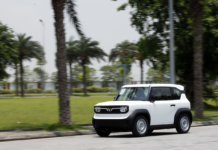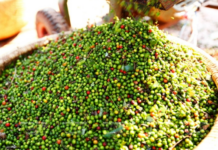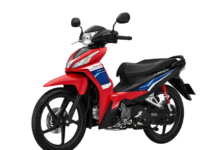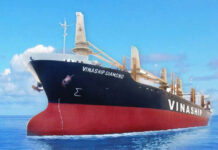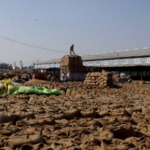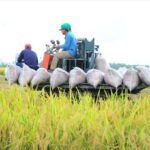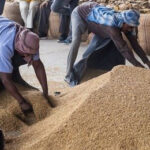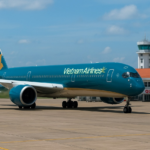Rice Traders Anxious About Philippines’ Rice Import Ban
On August 8, some rice traders in the Mekong Delta region expressed their cautious approach towards purchasing rice from farmers due to concerns over potential export challenges and a stagnant market. This sentiment has led to a downward shift in rice prices.
The primary reason for this anxiety stems from the news that the Philippines will impose a two-month ban on rice imports starting September 1. As the top market for Vietnamese rice, accounting for nearly 43% of export turnover in the first half of 2025, this announcement immediately sparked worries among traders.
However, Mr. Nguyen Van Thanh, Director of Phuoc Thanh IV Production and Trading Company in Vinh Long Province, believes that the actual impact of this decision may not be as significant as feared. He attributes the concern to market psychology, noting that the Philippines’ import policies have frequently changed over the years, and Vietnamese enterprises are accustomed to adapting to such fluctuations.
“Essentially, this country is rice-deficient and still needs to import large quantities to ensure food security,” Mr. Thanh explained. “Their temporary restrictions on imports are aimed at protecting their farmers during harvest seasons.”
According to Mr. Thanh, enterprises still have three weeks to export rice to the Philippines, but there is a risk that shipments arriving after September 1 may face clearance issues.
He further added that transportation time from Vietnam to the Philippines varies from 2 to 10 days, depending on the province. Therefore, most already signed contracts will prioritize delivery before the ban, leaving new contracts unlikely to make it in time.
“Currently, the summer-autumn crop has been almost entirely harvested and consumed, and the next crop will be specialty rice for the domestic market, so the export pressure is not significant,” Mr. Thanh assessed.
Apart from market factors, the recent VAT policy changes effective from July 1 have also slowed down transactions. When purchasing through cooperatives, enterprises must issue invoices with a 5% VAT rate, while direct purchases from farmers incur no VAT. This creates a price discrepancy, giving an advantage to traders who can buy directly from farmers over enterprises.

Dai Thom 8 Rice
Prices of 5% Broken White Rice Surge
Meanwhile, the Vietnam Food Association (VFA) website reported that following the Philippines’ rice import ban, the price of Vietnamese 5% broken rice surged by $4 per ton to $395 per ton, while the same grade rice from Thailand, Pakistan, and India decreased by $1-6 per ton to $362-$379 per ton.
According to VFA leaders, 70% of Vietnam’s exported rice is fragrant rice, priced at over $500 per ton. Vietnam currently has very little common rice like the above-mentioned grades and mainly imports IR50404 rice from Cambodia.
The Ministry of Agriculture and Environment reported that Vietnam’s rice exports in the first seven months of the year reached 5.5 million tons, a 3.1% increase compared to the same period last year. As a result, enterprises’ inventories are not significant.
The Great Rice Rush: From World ‘Kings’ to Unlocking the Floodgates
The golden rice fields are ready for harvest, yet the crops remain standing in the fields as traders refuse to buy. Rice mills and processing plants are overwhelmed with stock, forced to clear their warehouses at discounted prices. This is an alarming situation for Vietnam’s rice industry, once considered a stronghold for the country’s agriculture.
“The Billionaire’s Mini Electric Car: Unveiled in the Philippines.”
The VinFast VF 3 offers a competitive edge in pricing compared to other vehicles in its segment in the Philippines.


